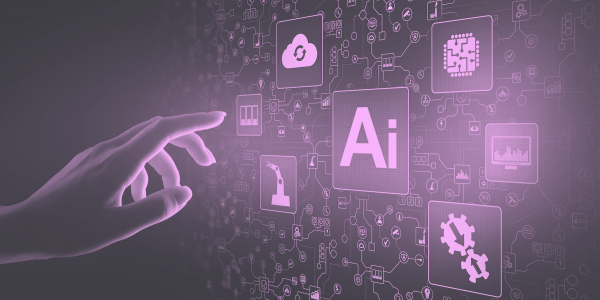Applying data science to business problems ultimately requires understanding what you are trying to achieve.
Copyright by www.builtin.com
 For example, sales teams attempt to predict and increase revenue. Data science can help by more accurately predicting revenue throughout the quarter. A product team may attempt to build the right set of product features for target personas. Data science can help by analyzing event data from product usage. In these business cases, the first question may be, what is going to happen? How much revenue will our sales team be able to deliver? Do the product features we build resonate with users?The second question becomes then, what can I change to get a different result? Do I need to add more salespeople or sell to a different customer? Are users not finding what they need or do we need to build different features?
For example, sales teams attempt to predict and increase revenue. Data science can help by more accurately predicting revenue throughout the quarter. A product team may attempt to build the right set of product features for target personas. Data science can help by analyzing event data from product usage. In these business cases, the first question may be, what is going to happen? How much revenue will our sales team be able to deliver? Do the product features we build resonate with users?The second question becomes then, what can I change to get a different result? Do I need to add more salespeople or sell to a different customer? Are users not finding what they need or do we need to build different features?
To answer such questions, this article will help you decide whether you should use deep learning or machine learning to solve different parts of a business problem.
What’s the Technical Difference?
Deep learning is a subset of machine learning and it is helpful to understand high-level technical limitations in order to talk about business problems. There are four important constraints to consider: data volume, explainability, computational requirements and domain expertise.
- Data Volume: Deep learning requires very large amounts of data to perform better than other machine learning algorithms. But before you rule out deep learning entirely, you may be able to benefit from pre-trained deep learning models via transfer learning. This technique allows for refining existing models with smaller datasets after they’ve been trained on much larger datasets. A common use case is in natural language processing: A recent example is using a pre-trained BERT (Bidirectional Encoder Representations from Transformers) model to detect hate speech and racial bias on social media.
- Explainability: The hidden layers in deep learning networks are generally not inspectable. This means that you will not be able to know what your model is learning, or why. You may only be able to infer by using curated test sets to understand the differences in impact. In classical machine learning, data scientists select the features that the model is learning from and can choose models that allow for explainability.
- Computation Requirements: Because deep learning requires very large amounts of data and complex mathematical calculations, it requires the use of specialized hardware to provide results quickly enough for timely use in business use cases. Classical machine learning, however, can use more traditional distributed computing techniques or even just the use of a personal laptop.
- Domain Expertise: Classical machine learning benefits from domain expertise during the feature engineering and feature selection process. All machine learning models learn patterns in the data that is provided, supplying features that have known good relationships can increase performance and prevent overfitting. Deep learning though needs more data and does not require domain expertise to train a model because the network will learn what is important in the data. This means that instead you’ll need expertise in tuning hyperparameters.
WHICH SHOULD YOU USE?
Start with the end in mind: Ultimately, what are you trying to achieve? To illustrate how to approach this question, let’s look at predicting customer retention. Before choosing or eliminating deep learning based on the size of data you have, make sure you’re solving the right problem. For example, predicting customer retention is a solution and not what the business is hoping to achieve. Therefore, we need more information about business goals. […]
read more: www.builtin.com


Applying data science to business problems ultimately requires understanding what you are trying to achieve.
Copyright by www.builtin.com
To answer such questions, this article will help you decide whether you should use deep learning or machine learning to solve different parts of a business problem.
What’s the Technical Difference?
Deep learning is a subset of machine learning and it is helpful to understand high-level technical limitations in order to talk about business problems. There are four important constraints to consider: data volume, explainability, computational requirements and domain expertise.
WHICH SHOULD YOU USE?
Start with the end in mind: Ultimately, what are you trying to achieve? To illustrate how to approach this question, let’s look at predicting customer retention. Before choosing or eliminating deep learning based on the size of data you have, make sure you’re solving the right problem. For example, predicting customer retention is a solution and not what the business is hoping to achieve. Therefore, we need more information about business goals. […]
read more: www.builtin.com
Share this: